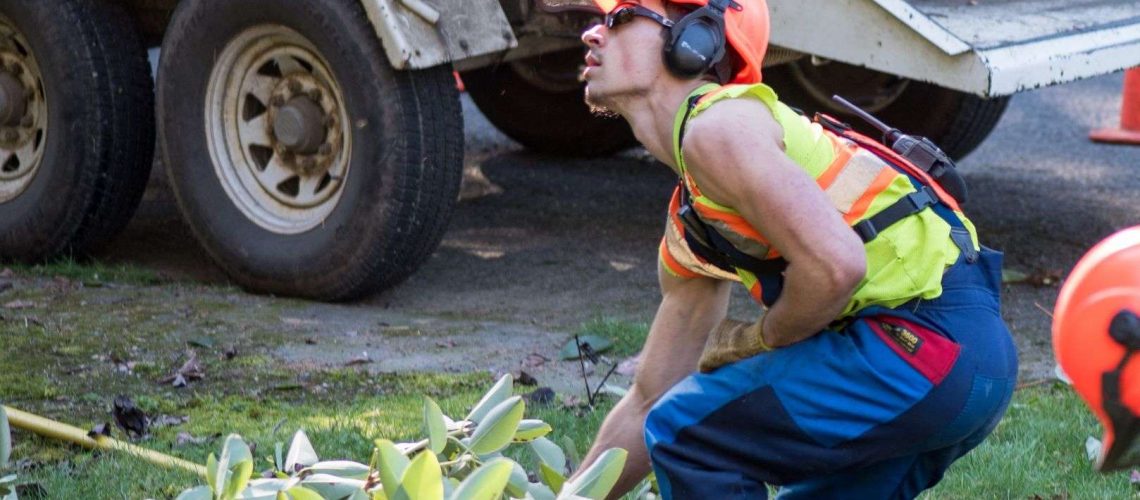In order to tend to tree health, regular tree maintenance is an important practice. This is a combination of general care, trimming and preventative treatments for things like insects and diseases.
Whenever storms pass through or extreme weather like heat domes, heavy winds or frigid temperatures settle in, trees experience damage and deterioration. There is little we can do about that. However, by maintaining your trees and keeping them as healthy as possible, you can give them their best shot at withstanding whatever nature throws at them.
Without routine maintenance, you risk property damage, potential injuries, expensive repairs and in some cases even the tree’s death.
4 tree maintenance tips
Water
Trees can take several decades to become full grown, and their watering needs change depending on their species and age. Young trees require daily watering during their first two years, while mature trees may only need watering one or two times a month during the dry season.
One trick for determining whether your tree needs watering is to poke a trowel or screwdriver into the dirt a couple inches below the surface next to the tree. If it’s difficult to push in, then it needs water. Aim for moist but not soggy soil.
Remove invasive plants
While climbing vines may look nice, they can eventually kill mature trees by damaging the bark, weakening branches and preventing light from reaching the leaves.
Invasive plants can be removed by cutting the stems near the tree base, rather than pulling them from the bark and potentially causing additional damage.
On Vancouver Island, English ivy is a common sight and is often used as a groundcover due to its dense, quick growth. Unfortunately, this attribute has a smothering effect and literally overwhelms plants and trees.
The Invasive Species Council of Metro Vancouver recommends these alternatives to English ivy:
- Salal
- Deer Fern
- Purple Wintercreeper Euonymus
- Taiwan Creeping Raspberry
- Privet Honeysuckle
Control pests and diseases
In Western Canada, there are many pests that threaten leaves, roots, branches and more, such as the gypsy moth, spider mites and weevils. However, not all insects are pests!
If you’re not sure if your tree has beneficial insects or damaging parasites, then bring out a certified arborist to have a look. We’re trained to identify insects and will help you create an effective management program to protect your trees from predators while conserving beneficial insects.
Here are a few signs of pests or disease to watch for:
- Decaying branches
- Mushrooms or fungus near the base
- Stunted growth
- Unusual masses on branches
- Hollowed trunks
Again, if you suspect disease or a pest problem, consult with a professional arborist to determine the best approach to care for your trees.
Remove dead trees
On the surface, tree removal may not seem like a tree maintenance practice, but if a tree is presenting an obstruction or hazard to your other trees, then the best thing you can do for your healthy trees is remove the dead ones.
Before taking this step, make sure to have a tree assessment to determine whether tree removal is the best action, or if there is a better approach instead. It’s not always easy to tell if tree removal is necessary, so getting a second opinion from a qualified professional is always a safe bet.

